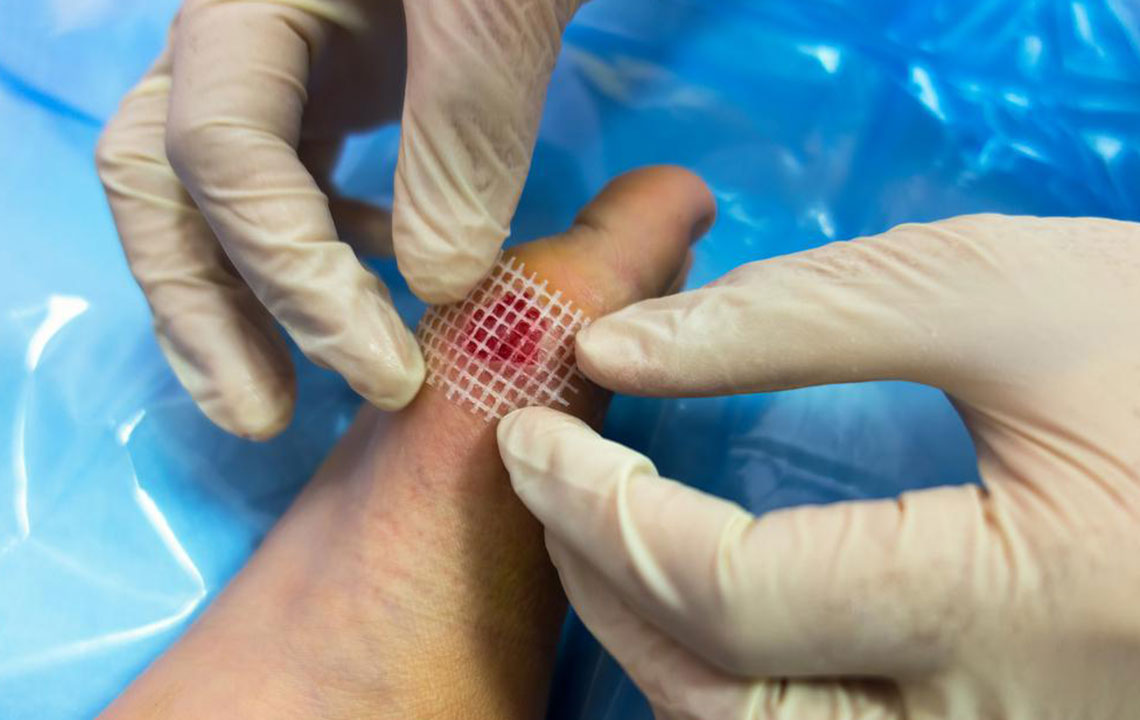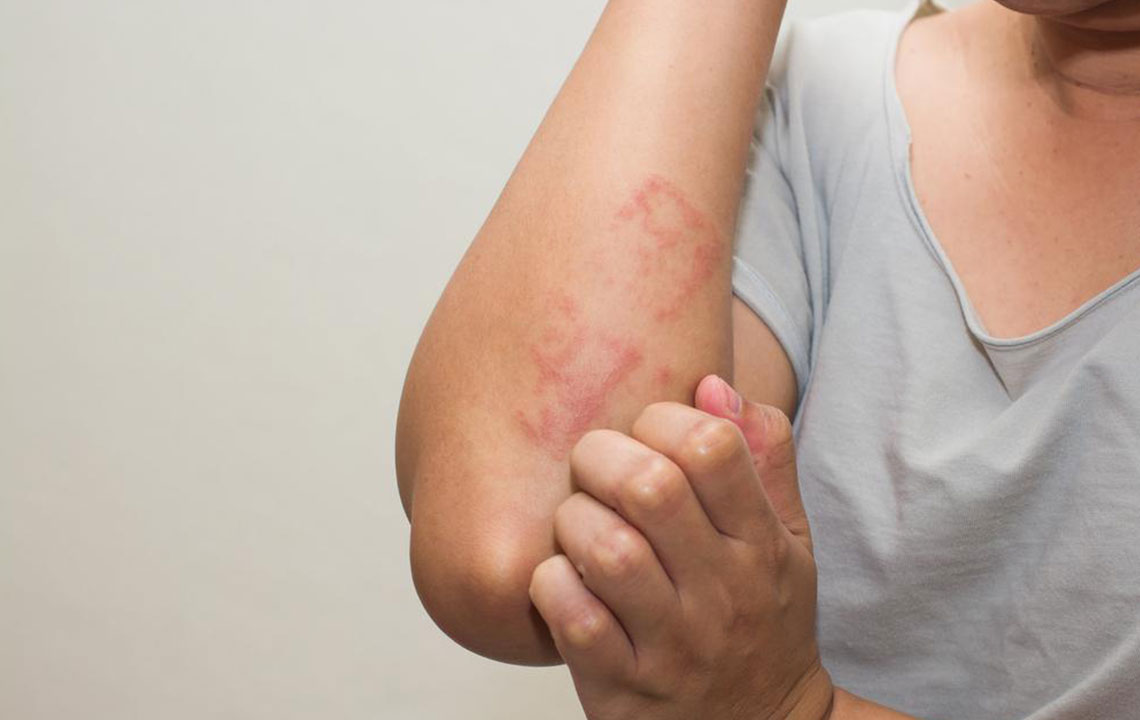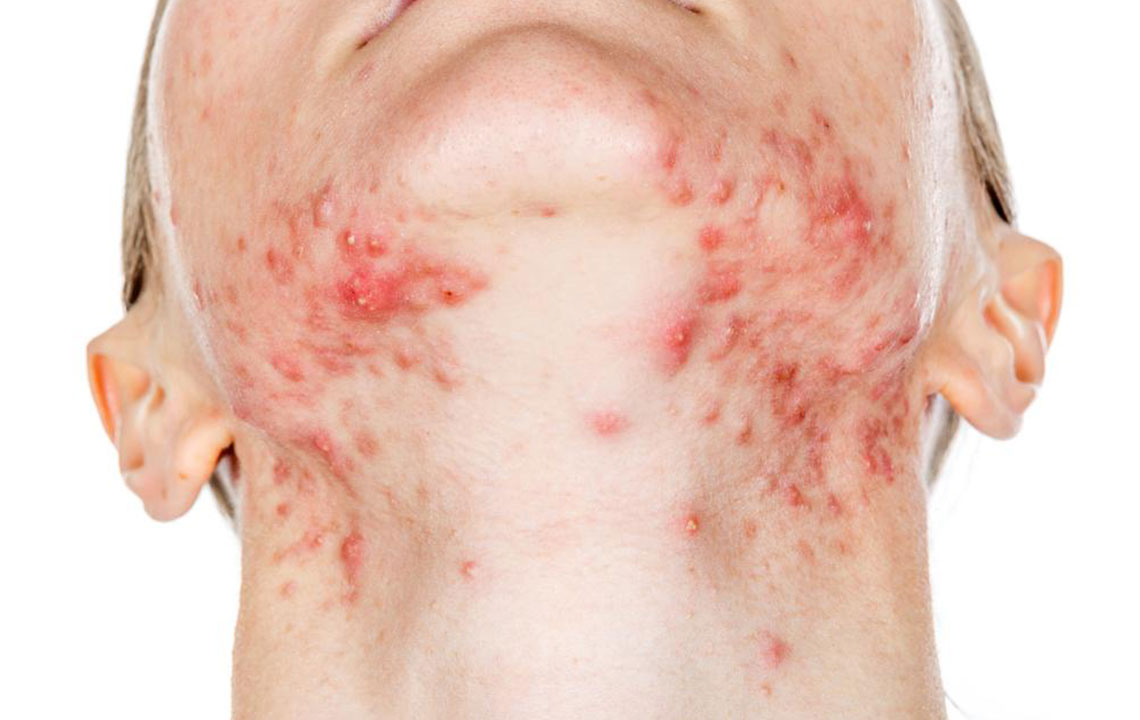Comprehensive Guide to Managing and Preventing Shingles Effectively
This comprehensive guide explores effective strategies for managing shingles, emphasizing early treatment, natural remedies, and lifestyle habits to alleviate pain, support immunity, and prevent recurrence. Combining medical and holistic approaches ensures better recovery outcomes from this painful viral condition.

Comprehensive Strategies for Managing and Preventing Shingles
Shingles, scientifically known as herpes zoster, is a painful viral disease caused by the reactivation of the varicella-zoster virus—the same pathogen responsible for chickenpox. This condition predominantly affects older adults and individuals with weakened immune systems, leading to discomfort and potential complications if not addressed promptly. Understanding how to manage shingles effectively is crucial to reduce pain, speed up recovery, and minimize the risk of recurrence.
Due to its contagious nature, early detection and intervention are vital. The sooner treatment begins after the initial symptoms appear, the better the prognosis. Moreover, ongoing care and preventive measures are essential even after symptoms subside, as shingles has a tendency to recur. Combining medical treatments with natural remedies and lifestyle adjustments can significantly improve outcomes and provide relief.
What Are the Available Treatment Options for Shingles?
Shingles treatments generally fall into two main categories: pharmaceutical interventions prescribed by healthcare providers and natural remedies aimed at alleviating symptoms and supporting immune function. While antiviral medications such as acyclovir, valacyclovir, and famciclovir are often prescribed in the early stages to reduce viral replication and shorten the duration of outbreaks, natural remedies can complement these medications or serve as preventive measures.
Incorporating natural methods can be especially beneficial for managing discomfort and supporting overall health during recovery. Here are some of the most effective natural remedies to provide immediate relief from shingles pain:
Cayenne Pepper: This powerful natural remedy contains capsaicin, which has analgesic properties. When applied topically as a cream or in a prepared solution, it can help diminish nerve pain by desensitizing nerve endings, providing a cooling and numbing effect that alleviates itchiness and discomfort caused by shingles lesions.
Oatmeal Treatments: Oatmeal is renowned for its soothing properties. Applying a paste made from water and finely ground oatmeal directly to the skin can help calm inflammation and reduce burning sensations. Its anti-inflammatory compounds help soothe irritated skin and discourage scratching, which lowers the risk of secondary infections.
Enhancing Immune Health: A robust immune system plays a critical role in preventing shingles outbreaks and reducing recurrence risks. Maintaining a balanced diet rich in immune-boosting nutrients, engaging in regular physical activity, managing stress levels, and ensuring adequate sleep are foundational practices. These habits support the immune system in keeping the varicella-zoster virus dormant and preventing reactivation.
While pharmaceutical treatments remain essential, especially during active outbreaks, natural remedies offer a gentle, holistic approach to symptom management. Combining both strategies ensures a comprehensive approach to shingles care.
Additional Simple Remedies for Pain Relief and Skin Care
Healing Baths: Taking daily baths with colloidal oatmeal or cornstarch can significantly soothe irritated skin. These ingredients help reduce inflammation, promote healing, and prevent infection. Use lukewarm water for baths; hot water can aggravate irritation and worsen symptoms.
Cold Compresses: Applying a cold, damp cloth or a cooling pack to the affected areas can provide immediate pain relief and reduce itching. Avoid direct contact with ice packs or extreme cold, as prolonged exposure can lead to skin sensitivity or further irritation.
Home Remedies and Topical Applications: Mixtures of baking soda and cornstarch can help ease itching and soothe rashes. Calamine lotion, applied after baths or as needed, can provide additional relief. These over-the-counter options are easy to use and effectively diminish discomfort.
Diet and Nutrition Considerations: Dietary choices significantly influence immune health. Incorporate foods high in vitamins A, B12, C, and E, along with amino acids, to support skin healing and immune functionality. Foods such as orange and yellow vegetables (carrots, bell peppers), leafy greens, lean meats, fish, dairy, whole grains, legumes, tomatoes, and spinach are highly beneficial.
Foods to Avoid: To prevent exacerbating shingles symptoms, steer clear of foods high in sugar, processed carbohydrates, saturated fats, and arginine-rich items like nuts and chocolates, which can promote viral activity.
Consulting healthcare professionals about homeopathic options, dietary adjustments, and complementary therapies can further enhance shingles management. Prioritizing consistent care, healthy living, and a proactive approach can help prevent reactivation and improve quality of life when dealing with shingles.





